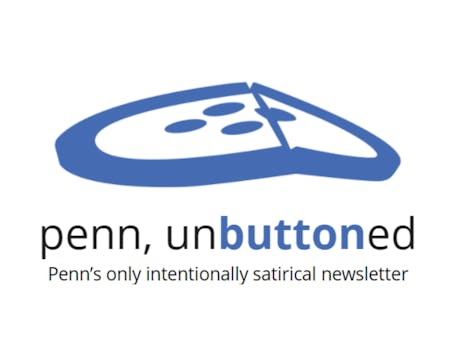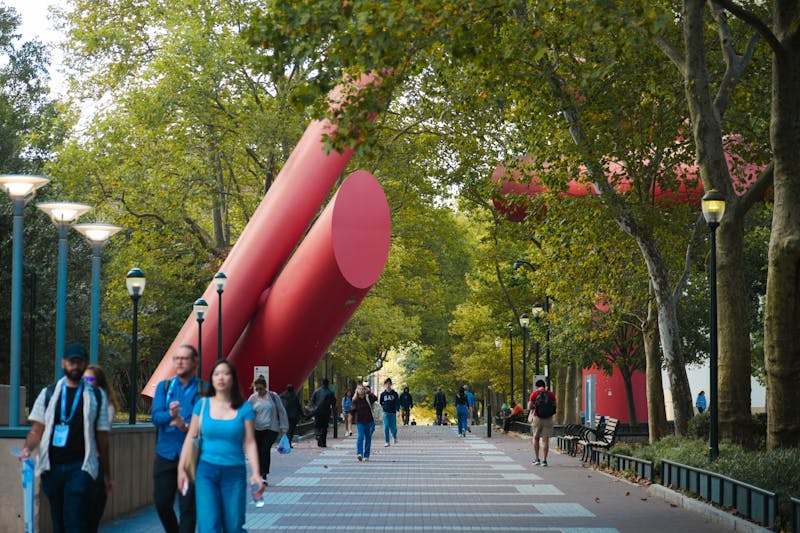Whether or not one agrees with actor-director Roberto Benigni's representation of the Holocaust in his 1998 film Life is Beautiful, it clearly sparked a renewed debate on how to memorialize the dark chapter in history. Students, faculty and community members gathered last Friday in the Chemistry Building for a conference on the popular movie, which last year became the highest-grossing foreign film ever in America and won two Academy Awards for Benigni. "Nothing new comes from silence," Comparative Literature Professor Thomas Kelso said of the need to maintain dialogue on the Holocaust and take new approaches, such as Benigni's interpretation. The event "Roberto Benigni's Life is Beautiful: In Context, In Depth," followed a screening of the film Thursday evening, and was presented by the Center for Italian Studies in conjunction with Penn's programs in Film Studies and Jewish Studies. In Life is Beautiful the protagonist, played by Benigni, transforms the horrors of the concentration camp into a game, successfully shielding his son from the grim reality of their plight. After showing how the clownish character played by Benigni wooed his wife, the movie transports the audience to the camp, where the protagonist assures his son that the camp is merely a venue for a competition in which those who obtain the most points for performing tasks win a tank. The speakers and audience, which fluctuated between 60 and over 100 throughout the day, attempted to find a context and place in Holocaust remembrance for the controversial film and discussed whether the movie is really just a story of a father's love for his son, rather than a historical representation. The primary issue being addressed was, as History Professor Benjamin Nathans put it, "how to represent the unrepresentable." Adding to the controversy was the enigmatic nature of this film. Whether or not the film is actually about the Holocaust, and to what degree -- as a work of historical fiction -- it adheres to standards of historical accuracy, remain under debate. Speakers generally agreed that there are factual inaccuracies in the film. The film is not a documentary, but a "genre mista," said Stuart Curran, the director of the Center for Italian Studies. In other words, it is a hybrid of several cinematic traditions, combining comedy, drama and a fairy-tale backdrop. They debated, however, the degree to which the work's inaccuracies were significant. Supporting the tone of the film, Romance Languages Professor Penny Marcus said that "Holocaust testimony must seek ever-new ways of telling the story." To insist upon a documentary approach, in Marcus' words, is to "fossilize" this testimony. Nathans, however, disagreed. He is critical of the film for neglecting the Jewish aspect of the Holocaust. "Life is Beautiful participates in the process of de-Judifying these issues," he said. "We shouldn't necessarily applaud a film that abuses history more than uses it." The genre of the film was a second point of debate. Can a subject as serious as the Holocaust be remembered appropriately through comedy? "Can one write fairy tales about Auschwitz?" Bryn Mawr College Italian Professor Nicholas Patruno asked.
The Daily Pennsylvanian is an independent, student-run newspaper. Please consider making a donation to support the coverage that shapes the University. Your generosity ensures a future of strong journalism at Penn.
DonatePlease note All comments are eligible for publication in The Daily Pennsylvanian.







